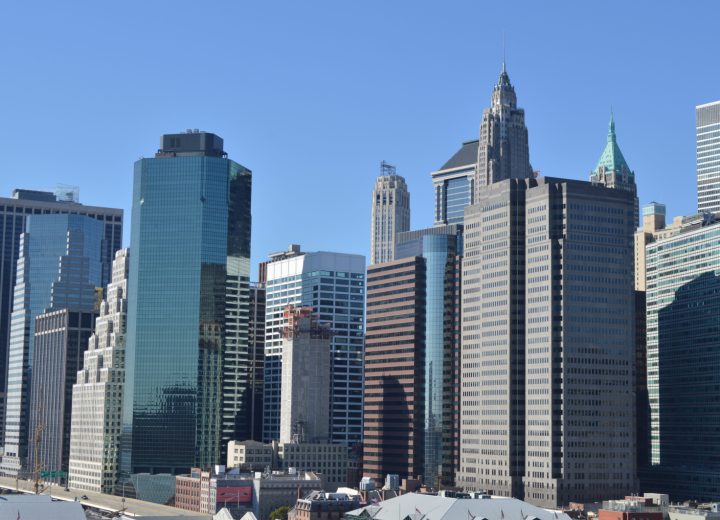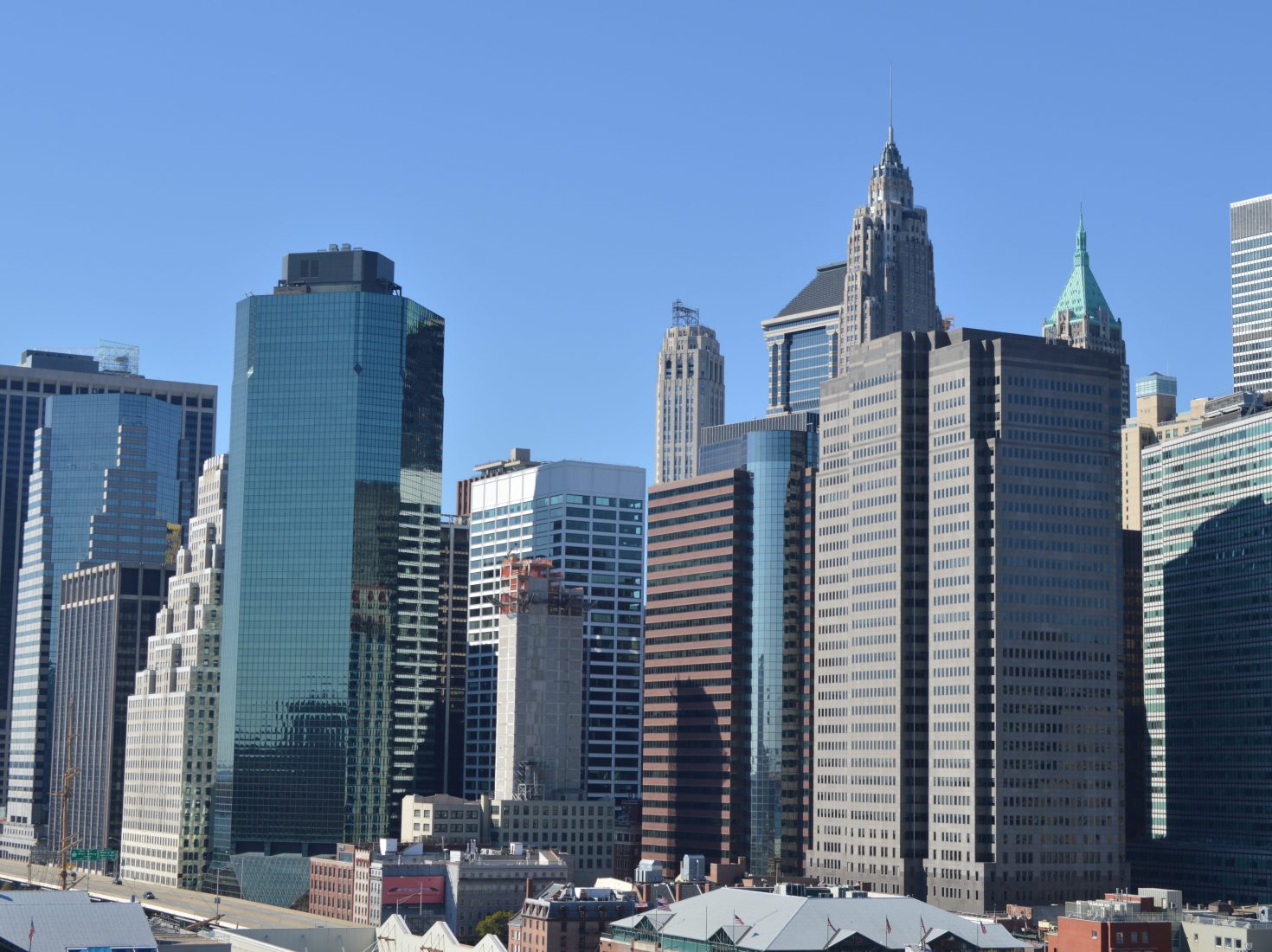STEP 5: Conduct the Critical Examination
Within the inspection period, retain a Qualified Exterior Wall Inspector (QEWI): a New York State licensed and registered architect or professional engineer with at least one year of relevant experience. The QEWI must inspect all portions of all exterior walls, except for those parts that are less than a foot from the exterior wall of an adjacent building.
Scaffolding or other platforms must be used to inspect at least one street-facing exterior wall, including setbacks. To support the investigation and determine the causes of observed defects, the QEWI may recommend additional evaluation or testing.
The inspection must include appurtenances, which are defined as “exterior fixtures, flagpoles, signs, parapets, copings, guard rails, window frames, balcony enclosures, window guards, window air conditioners, flower boxes and any equipment attached to or protruding from the facade” (RCNY §103-04). Balconies and railings merit special consideration in Cycle 8, as the City Council, in response to the 2013 death of a woman whose 17th-story balcony railing gave way, amended the FISP to strengthen requirements for balcony inspections.
Although a separate balcony condition report is not required in Cycle 8 as it was in Cycle 7, the Code has been amended to include specific requirements for balcony and railing inspection: “Balcony railings must be inspected to ensure that their components (balusters, intermediate railings and panel fillers) are positively secured against upward movement (e.g. by welds, bolts or screws). If any balcony enclosure is found not to be positively secured, the condition is classified as unsafe and must be made safe” (RCNY §103-04).
STEP 6: Report and Correct Unsafe Conditions
By law, building owners and QEWIs are obligated to immediately notify the DOB of any Unsafe conditions identified during the critical examination. This is why it is so important to repair known defects and prior SWARMP conditions before the critical examination. Once an Unsafe condition has been reported to the DOB, the owner has just 30 days to complete repairs.
Within two weeks after repair of Unsafe conditions, the QEWI must re-inspect the building and obtain DOB sign-off on the permit. Then, an amended report must be filed (along with an extra fee) to update the building status.
STEP 7: File the FISP Report
The act of filing a report is not sufficient to meet the requirements of the law; the report must be deemed “acceptable,” in that it contains all of the required information, in the prescribed order. The law specifies the sequence and contents of this report, from the executive overview through photographic documentation and a work permit inventory. Be sure that the inspecting QEWI is familiar with up-to-date reporting guidelines, or the report could be rejected.
The report begins with DOB form TR6 – Technical Report: Periodic Inspection of Exterior Walls & Appurtenances, which provides building characteristics and filing status. In the critical examination report, the QEWI evaluates the current status of conditions to document that areas of concern from the previous report have been adequately addressed.
For each SWARMP or Unsafe condition, the QEWI provides a description of the problem, its probable cause, and recommendations for maintenance or repair, along with a time frame for addressing SWARMP conditions. The QEWI must give statements as to the water-tightness of exterior surfaces, the deleterious effect of any appurtenances, and the status of exterior maintenance.
Unless a report is filed within 60 days of the inspection, the critical examination must be repeated. A report may not be filed more than one year after the close-up inspection. If the original report is rejected, the law allows just 45 days to file a revised report. Failure to submit a revised report within one year of initial filing requires a new critical examination.
Penalties and Fees
Failure to file incurs a penalty of $1,000 per year. Filing late not only triggers this penalty, but adds $250 per month in late fees. Thinking of putting off correction of an Unsafe condition? Don’t. Failure to do so will cost a hefty $1,000 per month in penalties— pro-rated daily—until the problem is fixed. Better to repair hazardous conditions before the critical examination or, at a minimum, within the 30-day post-inspection period allowed.
The DOB charges a fee of $265 per report, plus $100 for amended or subsequent reports. There is no fee to re-submit a corrected report, provided it is filed within 45 days. Time extensions on repairs cost $135—a bargain compared with the $1,000-per month penalty for delaying repair without DOB approval. Extension of time requests must be renewed every 90 days.
FISP Action Plan
Ignorantia juris non excusat: “ignorance of the law is no excuse.” Incomplete reports or those that fail to follow the format, content, and organization imposed by the latest regulations will be rejected, incurring additional fees, penalties, and, in some cases, the hassle and expense of re-inspection. Evaluating and correcting conditions that could be considered Unsafe or SWARMP before the required inspection will not only make compliance more straightforward, it will improve the safety and longevity of your building.
To learn more about the New York City Facade Safety Inspection Program, visit our Local Law 11 Resource Page.


